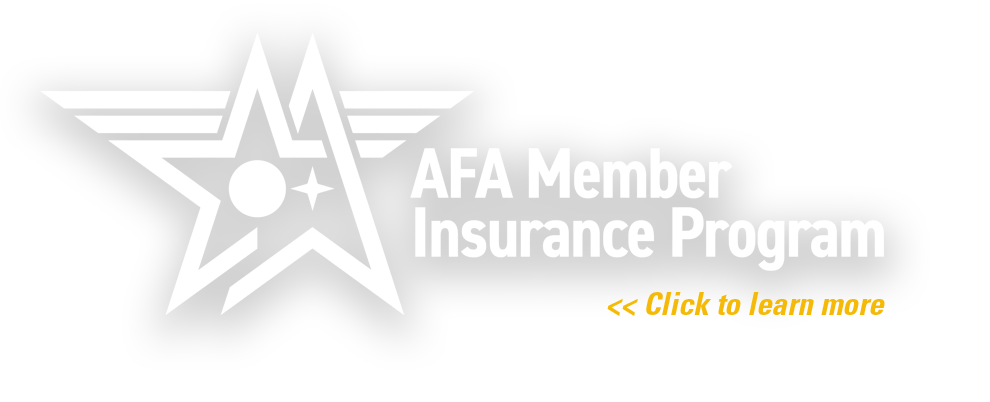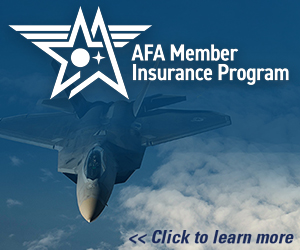
USAF Basic Military Trainees walk back to their firing position during M16A2 rifle training July 26, 2017, at JBSA-Lackland Medina Annex, Texas. Air Force photo by Sean Worrell.
JBSA-LACKLAND, Texas—The Air Force’s first class of airmen under its revamped training syllabus have graduated, but the service’s Basic Military Training group continues to look for ways to increase its focus on readiness.
The Air Force earlier this year overhauled how it trains airmen to focus more on fitness, change how recruits handle weapons, and instill a warrior ethos earlier in the training curriculum, which now lasts 8.5 weeks.
“We’re not looking to create robots, we’re purposefully creating critical thinking airmen,” said Col. Jason Corrothers, commander of the 737th Training Group here. “Anything that’s worth doing is worth doing better, and that’s certainly what the 8.5 week program is designed to do.”
The previous training curriculum lasted 7.5 weeks. However, there was a separate week at the end focused on Air Force core values, with the goal of using that week to transition from trainee to professional airmen. Now, those lessons are integrated throughout the entire program and discussion groups are smaller for more intimate, face-to-face discussions. The change isn’t because there was anything wrong with the Airman’s Week construct, it was a step to “take the goodness from Airman’s Week and actually weave that throughout,” Corrothers said.
The Pentagon released its National Defense Strategy in early 2018, sparking a discussion across the Air Force and within the BMT community on how to increase the readiness of airmen. This discussion focused on four lines of effort: readiness, airmanship, physical fitness, and heritage.
“Those are the things that we can affect here, at basic military training, in developing that ‘big A’ airman,” said CMSgt. Lee Hoover, the superintendent of Basic Military Training.
- Readiness: The new curriculum transitions away from the M-16 to the M-4, which is the long rifle an airman would have while deployed, Corrothers said. Additionally, the curriculum moved BEAST week—a week-long simulated deployment—from the fifth week of training to the capstone final week, so all lessons could be brought together. The Air Force also will be first of the services to train on a Tactical Combat Casualty Course in basic train?ing, instead of the Self-Aid Buddy Care program. The new course is “more intense,” and focused on life-saving care in battle, Hoover said.
- Airmanship was integrated earlier in the program, rather than in the final week, in an effort to improve the “mind-to-heart” adoption of Air Force values as the airmen train, Corrothers said.
- Physical fitness: The new syllabus increases the number of PT sessions from 31 to 44, with the goal of creating a habit that would “set them up for success,” he said. Even though many jobs will not require an airman to ruck 20 miles, a habit of fitness is needed for an “expeditionary mindset,” regardless of the functional badge an airman wears. “We’re all fundamentally airmen first, that’s what we’re trying to continually reinforce at basic military training,” he said.
- Heritage is focused on instilling a “warrior ethos.” There’s “71 years of proud service” to celebrate, and BMT highlights “relatable heroes,” from Medal of Honor recipients to everyday airmen who accomplish things from volunteering to early promotions. This ranges from PT sessions in honor of an airman to naming facilities after them.
Previously, Air Force leaders would meet every three years to review the BMT syllabus and make changes, but that was too long and too regimented. Now, there are continuing discussions and reviews, with leaders from the top of the service to wings and groups. Officials at the base have the authority to make adjustments immediately between classes to reflect this input.
The training group at Lackland is the biggest in the Air Force, with 900 staff and an average of 7,000 trainees, Corrothers said. In fiscal 2017, the group trained 37,314 airmen, with the goal of increasing that number to more than 40,200 in 2019, according to Air Education and Training Command.

